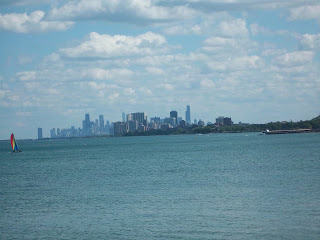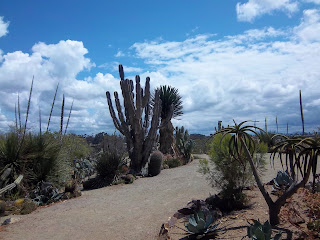As of today, Illinois has gone a whole year without a
budget and many supports for low income people have been vanishing as a result. While it looks like Governor Rauner and the Dem. leadership may come to an agreement on a budget for the next fiscal year, many services for the poor have been cut or eliminated.Who knows how long it will take us to restore everything that was lost.
Therefore, I was thrilled when I found a vendor selling Streetwise, the weekly magazine for and about the homeless. He was the first vendor whom I had seen in months. Gladly, I bought an issue of it from him and asked where all the vendors had gone. “I don’t know,” he said. “I’m here every day.”
Therefore, I was thrilled when I found a vendor selling Streetwise, the weekly magazine for and about the homeless. He was the first vendor whom I had seen in months. Gladly, I bought an issue of it from him and asked where all the vendors had gone. “I don’t know,” he said. “I’m here every day.”
He may be here every day, but a lot of the social safety net has disappeared in Illinois in the past year. We’ll probably see many more homeless on Chicago’s streets and be panhandled
more often as more people become desperate. In such times, it’s great to see Streetwise
vendors selling their papers.
Streetwise is a magazine about issues relating to
homelessness. The organization trains and employs the homeless. Vendors go
through a month training program to learn about customer service and other
aspects of business. The issues sell for two dollars apiece and $1.10 of that
goes directly to the vendor for his or her income. Last week’s issue focused on
restaurant reviews written by Streetwise vendors. Each reviewer was
given ten dollars to write the reviews. The restaurants were all ones with
meals for ten dollars apiece or less, places that vendors may frequent. There
were also articles in the issue about current events affecting the poor, the
homeless, and those at risk of becoming homeless.
The homeless are the other 1% in America. At any given time,
that’s how many people are homeless here. While some of the homeless are
quickly identified, many more homeless people defy the stereotype we have of
them and look just like you and me. Thus their condition is invisible to most.
And it could happen to almost anyone.
When a person becomes a vendor of Streetwise, it may
be that person’s first chance in many a year to re-enter the job market and
slowly extricate himself from the downward spiral of homelessness and despair
and to do it with dignity. The Streetwise organization also has a
Transitional Jobs Program and supportive services.
If you want to learn more about this worthwhile
organization, donate money to it, or volunteer with them, you can visit their
website at www.streetwise.org.






















